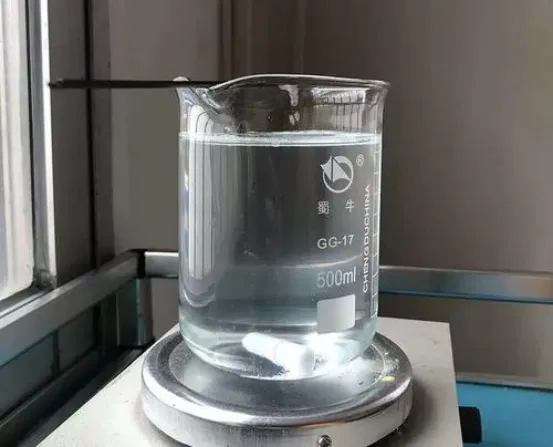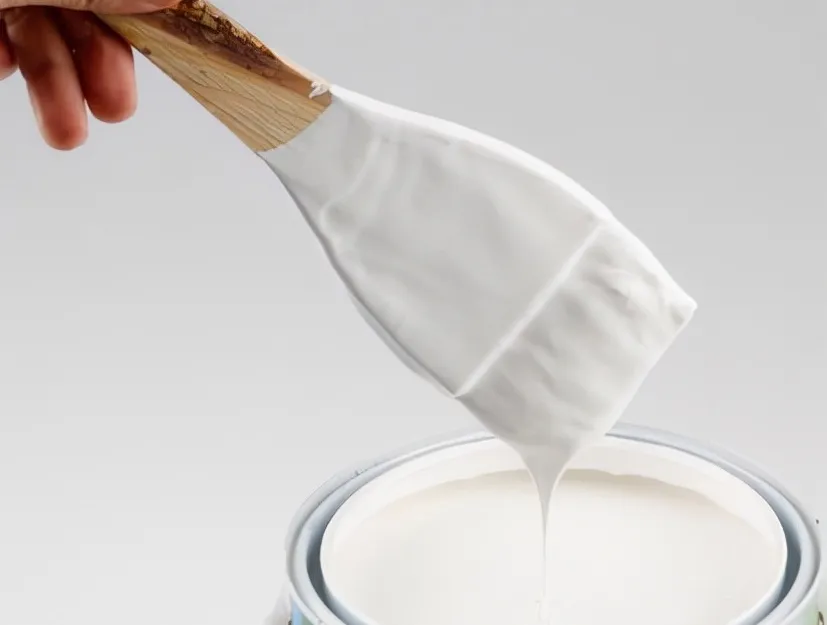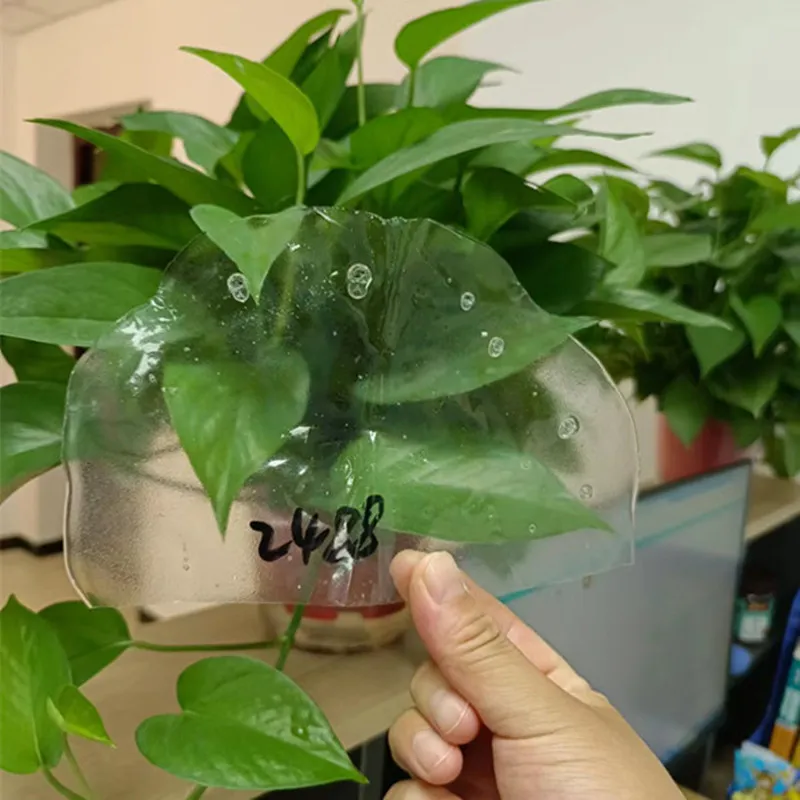
Understanding PVA: Types, Applications, and Innovations
Polyvinyl alcohol (PVA) is a versatile polymer widely used across industries, ranging from construction to textiles and packaging. Its unique properties, such as excellent film-forming ability and water solubility, make it a preferred choice for adhesives, coatings, and bonding agents. This article explores various PVA types, the role of PVA automation in modern manufacturing, and critical safety information like the MSDS of polyvinyl alcohol.

Different Types of PVA and Their Key Characteristics
There are many PVA types available on the market, each tailored to specific applications. For example, PVA 1788 is a commonly used grade prized for its balanced viscosity and excellent film-forming properties. It’s ideal for adhesives, paper coatings, and textile sizing.
One important feature of PVA is its polyvinyl alcohol solubility in water, which means it dissolves readily under the right conditions, especially in warm water. This property is often described as PVA cold water soluble for certain specially formulated grades, allowing easier processing at lower temperatures.
PVA white is usually a white powder, flake or flocculent solid in the solid state. It should form a transparent solution after dissolution, but the following situations may cause milky or opaque forms:
- Incomplete dissolution: When the temperature is insufficient or the stirring is insufficient, the undissolved particles will make the solution milky white;
- Composite system: In applications such as paints and adhesives, PVA is often mixed with fillers, pigments or other additives to form a milky white dispersion system.
This milky white property has practical application value in scenes that require hiding power or matte effects (such as primers and adhesives). However, it should be noted that pure PVA solution should be transparent when completely dissolved, and milky white is usually the appearance after processing or mixing.

Additionally, understanding PVOH solubility—another name for polyvinyl alcohol—is crucial when designing formulations. PVOH solubility varies with degree of hydrolysis and polymer chain length, affecting how quickly and effectively it dissolves in water.
Another innovation is waterproof PVA, which has been chemically modified to resist moisture penetration while maintaining its adhesive and film-forming capabilities. This type of PVA is critical in applications like exterior coatings and protective barriers.
Before any painting project, the preparation phase is key. Applying a PVA bond before painting enhances adhesion between the substrate and paint, ensuring longer-lasting, crack-resistant finishes.

Advances in Manufacturing: The Role of PVA Automation and Safety Measures
The demand for consistent quality and efficient production processes has led to the rise of PVA automation. Automated systems help manufacturers mix, apply, and cure PVA-based products with precision, reducing waste and labor costs. Automation is especially valuable when working with large volumes of PVA 1788 or other specialty types requiring specific handling.
Safety is paramount when dealing with any chemical substance. The MSDS of polyvinyl alcohol provides essential information on hazards, first aid, storage, and handling. Although PVA is generally considered safe and non-toxic, understanding its properties and potential risks helps prevent workplace accidents and ensures compliance with regulations.

Product FAQs
1. What are the main types of PVA used in industry?
Answer: The most common PVA types include grades like PVA 1788, which is widely used for adhesives and coatings. Other types vary in viscosity, solubility, and form (powder, emulsion, or film).
2. Is PVA soluble in cold water?
Answer: Some grades are PVA cold water soluble, meaning they dissolve efficiently at lower temperatures. However, many PVA types require warm water for complete dissolution. Always check the specific product data.
3. What does the MSDS of polyvinyl alcohol cover?
Answer: The MSDS of polyvinyl alcohol includes safety guidelines, hazard identification, handling instructions, and emergency measures, helping ensure safe use in manufacturing and construction.
4. How does waterproof PVA differ from regular PVA?
Answer: Waterproof PVA has been chemically modified to resist moisture while retaining adhesive strength, making it suitable for exterior coatings and protective layers where moisture resistance is critical.
5. Why use PVA bond before painting?
Answer: Applying a PVA bond before painting improves adhesion, reduces paint peeling and cracking, and provides a uniform surface for better finish quality.
-
Hydroxypropyl Starch as a Sustainable Construction AdditiveNewsNov.24,2025
-
The Gelation Properties of CMCNewsNov.21,2025
-
Redispersible Latex Powder and Water Retention CapacityNewsNov.21,2025
-
Dosage Control for Polycarboxylate Water ReducerNewsNov.21,2025
-
Film-Forming Properties of Polyvinyl AlcoholNewsNov.21,2025
-
The Function of Gypsum Additives in MortarNewsNov.21,2025





















